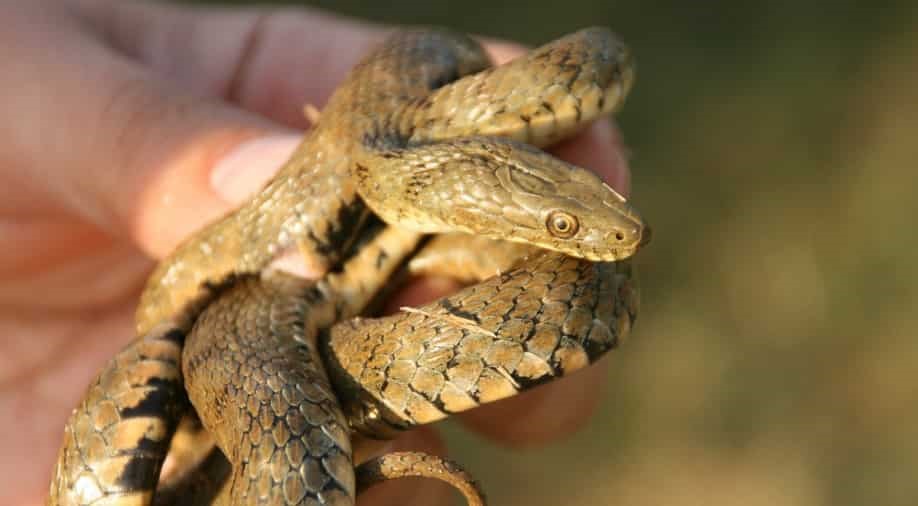





Disclaimer: Copyright infringement is not intended.
Context:
About Dice Snakes
Source:
|
PRACTICE QUESTION Q. Consider the following statements about Dice Snake recently seen in the news? 1.They are venomous snakes found in parts of Europe only. 2.They are categorised as endangered by IUCN red list of threatened species. 3.They are Primarily diurnal and they lso hunt for fish, amphibians, and invertebrates. How many of the above statement(s) is/are correct? A.Only one B.Only two C.All three D. None Answer: A |







© 2025 iasgyan. All right reserved